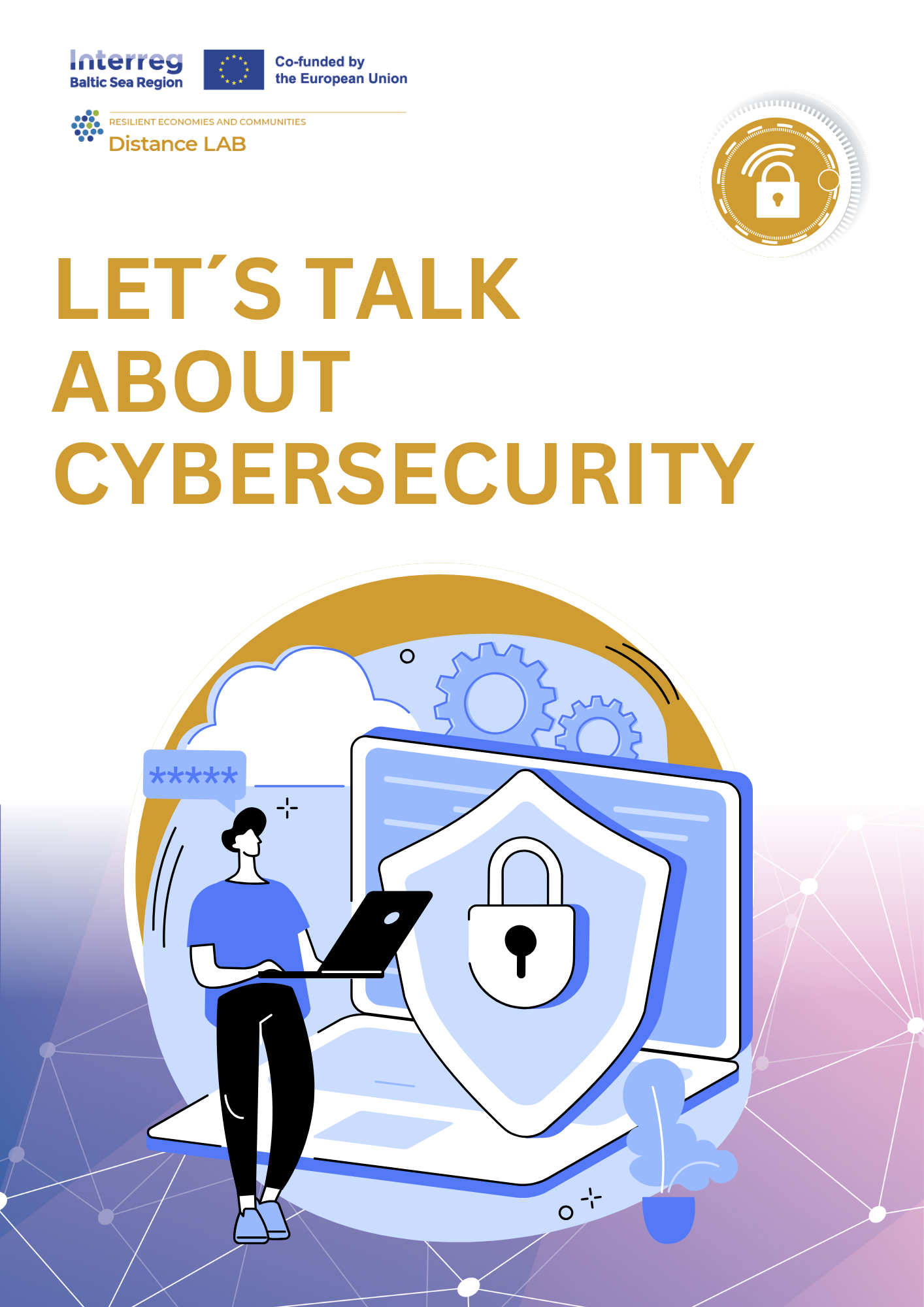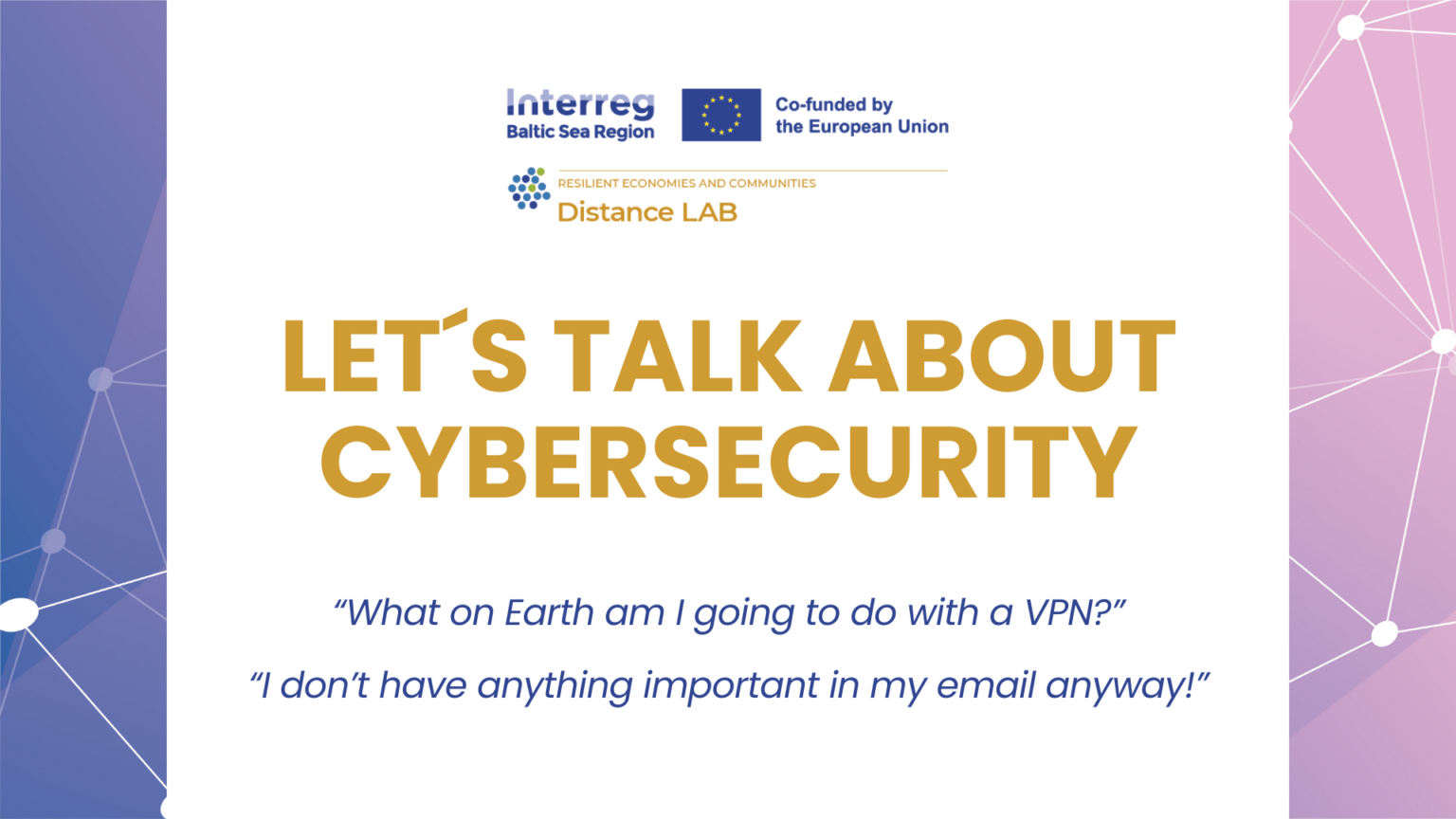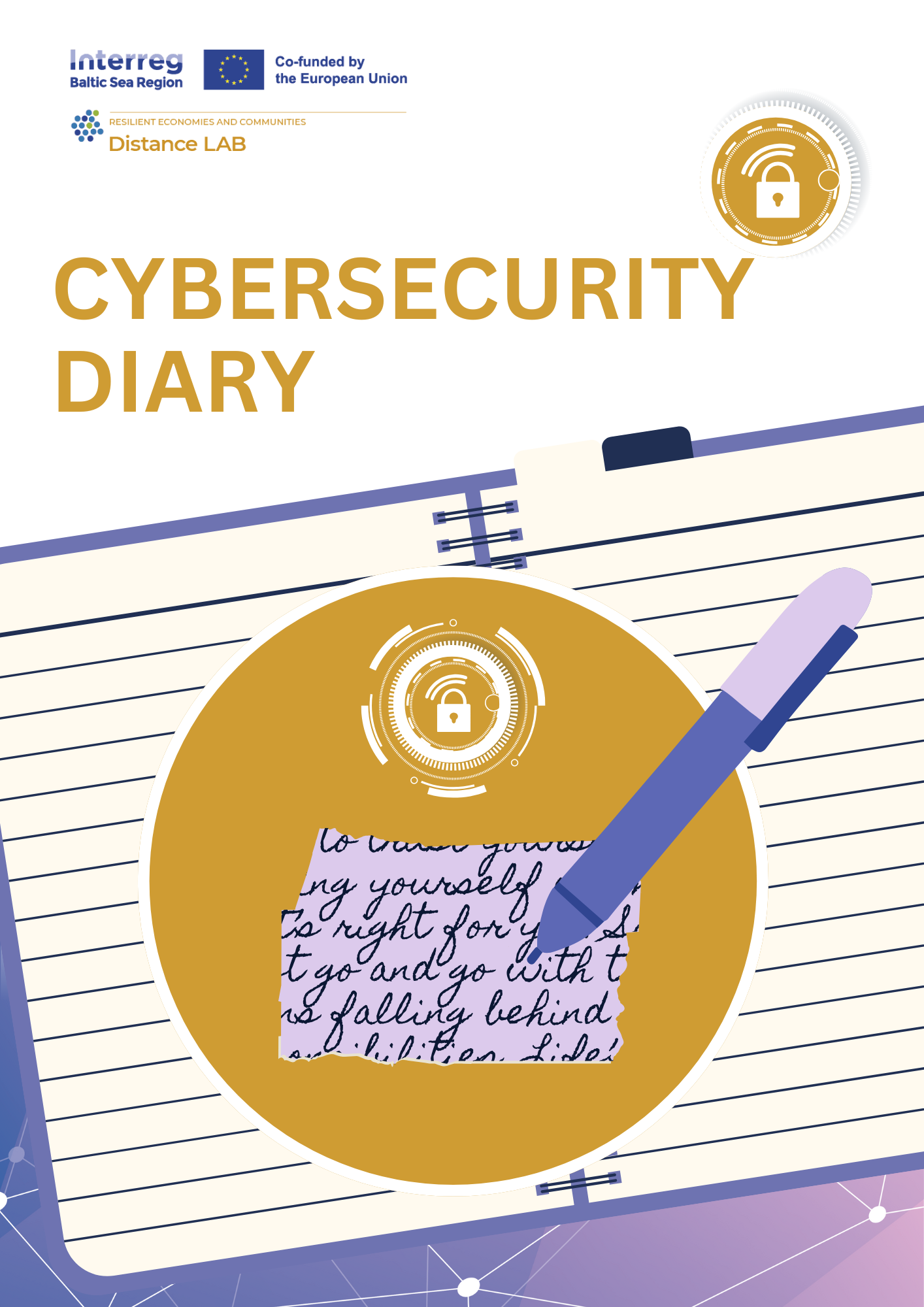1. Quick Intro
The Cybersecurity in remote work toolbox provides a simple framework to enhance your cybersecurity skills and increase your understanding of the importance of the cybersecurity routines.
2. Why It Matters
1) Good soft skills in cybersecurity are as important as technical and physical protection in the digital world.
2) Individuals, and organizations, as well as nations can suffer a lot if a cyber attach happens.
3) Keep up your Cybersecurity routines also while working remotely!
3. Key Features
1) “Let's talk about cybersecurity” -guide and the Cybersecurity Diary
2) Cybersecurity measures for remote work recruitment
3) Cyber- and data security audit form for distance work
4) Employee Declaration at the End of Employment
5) The cybersecurity clinic (CyberAkuten) event concept and event materials
6) Cyber security checklists
7) Free cybersecurity tools














